At some point in your gardening experience, you may want to use a fertilizer to give your plants an extra boost. Unfortunately, many gardeners rely on chemical fertilizers to grow their trees, grass, flowers, fruits, and vegetables. However, there is an increasing awareness that many of the chemicals we use in our yards can over the long run negatively affect the environment and the health of our loved ones, neighbors, and pets.
Thankfully, there are a number of healthy natural and organic fertilizers available that will help you grow a lush, green garden and lawn without the use of potentially harmful chemical fertilizers.
THE BASICS OF ORGANIC FERTILIZERS:
Like traditional fertilizers, organic fertilizers show their content with three bold numbers. These numbers represent three different compounds: Nitrogen, Phosphorous, and Potash, which we can also describe with the letters N-P-K. The three numbers listed on fertilizer labels correspond to the percentage of these materials found in the fertilizer.
In addition to other properties, Nitrogen helps plant foliage to grow strong. Phosphorous helps roots and flowers grow and develop. Potassium (Potash) is important for overall plant health.
What Are Organic Fertilizers?
Some gardeners don't believe the claims of fertilizers to be really organic. Yet chemical fertilizers are made in factories by turning nitrogen gas into ammonia and treating rock phosphate with acid. The problems with chemical fertilizers have been: rapid release of nutrients and possible unbalanced growth, a salty environment which damages plants and soil, gross waste and pollution. BEFORE YOU APPLY ORGANIC FERTILIZERS:
One of the best ways to improve the health of your plants is by adding organic compost to your soil. Compost can help reduce the amount of fertilizer treatments your plants need. If you’re not composting organic garden waste and kitchen scraps now, you should start as soon as you can. The addition of compost to your garden soil will add nutrients, improve drainage, and help your plants’ immune systems.MANUREManures and composted plant materials add organic matter, which helps soil retain moisture and structure which prevents compaction, and helps prevent nutrients from leaching away. They also balance extremes in soil pH.Good poop, bad poop
What is good for the goose, is not always good for the gander. There are a few manures that should not be used, primarily those of meat eaters. According to Cornell University "Homeowners should not use any manure from dogs, cats, or other meat-eating animals, since there is risk of parasites or disease organisms that can be transmitted to humans."
The most common sources of manure are horses, cattle, goats, sheep, rabbits and poultry. Below is a guide showing how manures measure up, nutrient-wise. While all animal manures are good sources of organic matter and nutrients, it's impossible to make a precise analysis, mostly because bedding materials vary so much. For example, manure with straw or sawdust will have a different nitrogen composition than pure manure. But it's useful to know whether the manure you're using is rich or poor in a particular nutrient such as nitrogen.
Just like we need to eat to maintain our health, soil needs continual replenishment of its organic matter to decompose into humus. Humus helps create a rich, moisture-retaining soil and makes nutrients available to plants.
How common manures measure up
| Manure | Chicken | Diary cow | Horse | Steer | Rabbit | Sheep |
| N-P-K | 1.1 .80 .50 | .25 .15 .25 | .70 .30 .60 | .70 .30 .40 | 2.4 1.4 .60 | .70.30 .90 |
Sources: Rodale's All-New Encyclopedia of Organic Gardening, An Illustrated Guide to
Organic Gardening, by Sunset Publishing, and the Rodale Guide to Composting.
Chicken manure
Poultry manure (chicken in particular) is the richest animal manure in N-P-K. Chicken manure is considered "hot" and must be composted before adding it to the garden. Otherwise, it will burn any plants it comes in contact with.
Dairy (cow) manure
Dairy Manure may be the single most useful soil-builder around," says Ann Lovejoy, lifetime organic gardener and writer in Seattle, Washington. "Washed dairy manure from healthy cows is just about perfect for garden use; it can be used as a topdressing and for soil improvement," she adds. Dairy manure is preferable to steer manure, which has a higher salt and weed seed content. Though cow manure has low nutrient numbers, that's what makes it safe to use in unlimited quantities.
Horse manure
Horse manure is about half as rich as chicken manure, but richer in nitrogen than cow manure. And, like chicken droppings, it's considered "hot". Horse manure often contains a lot of weed seeds, which means it's a good idea to compost it using a hot composting method.
Steer manure
Steer manure is one of the old standbys, but it's not the most beloved because it often contains unwanted salts and weed seeds.

Rabbit manure
Rabbit manure is even higher in nitrogen than some poultry manures and it also contains a large amount of phosphorus--important for flower and fruit formation.
Sheep manure
Sheep manure is another "hot" manure. It is somewhat dry and very rich. Manure from sheep fed hay and grain will be more potent than manure from animals that live on pasture.
How to use manure
No matter what kind of manure you use, use it as a soil amendment, not a mulch. In other words, don't put raw manure directly on garden soils. Raw manure generally releases nitrogen compounds and ammonia which can burn plant roots, young plants and interfere with seed germination. In fact, it's recommended that all animal manure should be aged for at least 6 months. Many gardeners spread fresh manure in the fall and turn it in to the top 6 inches of soil a month before spring planting. A better treatment is to hot-compost manure before applying it to the garden. Hot composting, where the pile reaches at least 150 degrees F) helps to reduce the probability of passing dangerous pathogens on to people who handle the manure or eat food grown with manure compost. While the chance of contamination is slim, severe sickness and even death may occur if contaminated produce is eaten. To be safe, either compost your manure or apply it in the fall after harvest. Wash up after handling manure and don't forget to rinse the vegetables and fruit well before you eat them--always a good idea whether your use manure or not.











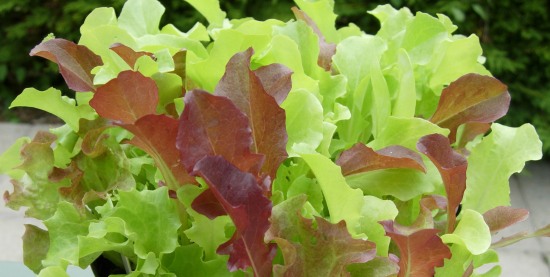
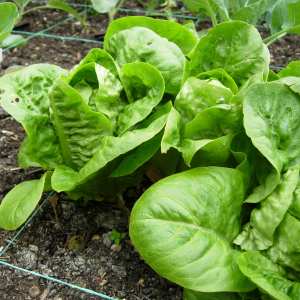 plant is not ready to pick some horrible diseases may enter, as discussed above.
plant is not ready to pick some horrible diseases may enter, as discussed above.

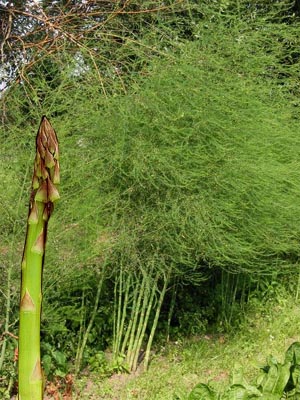
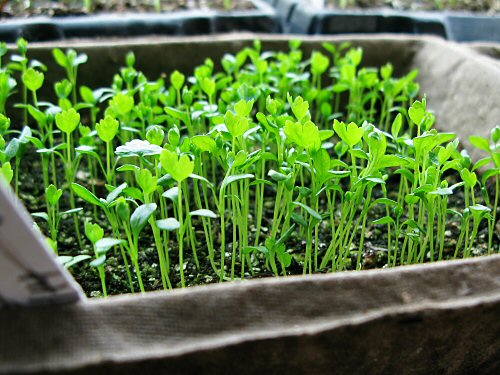
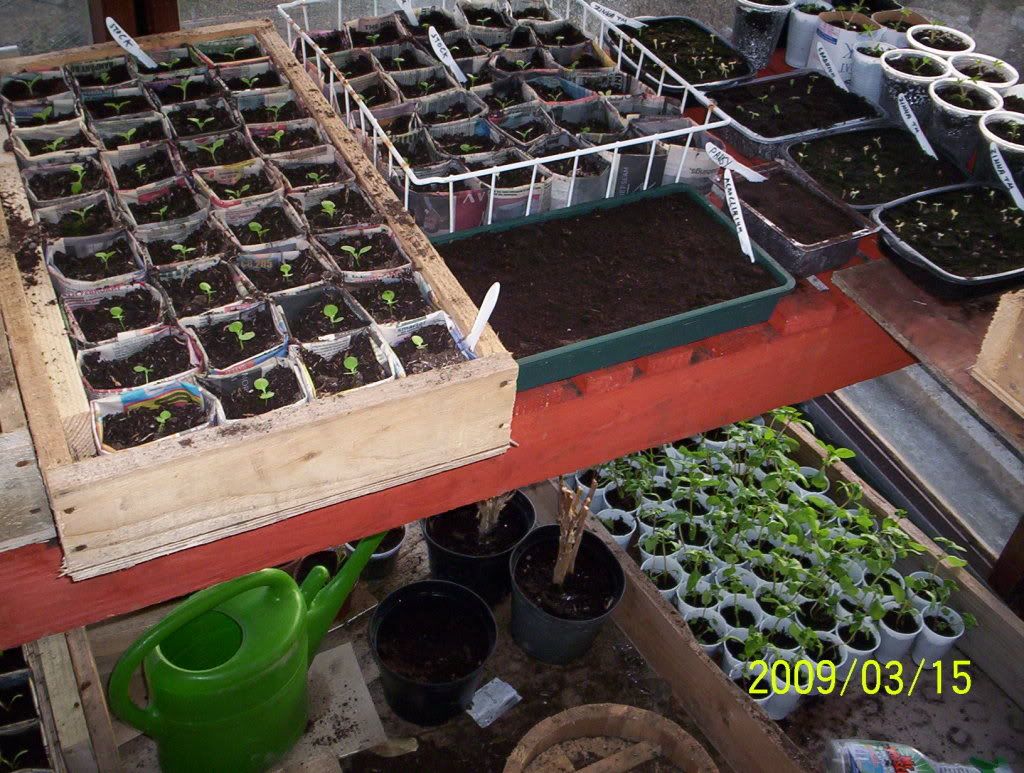




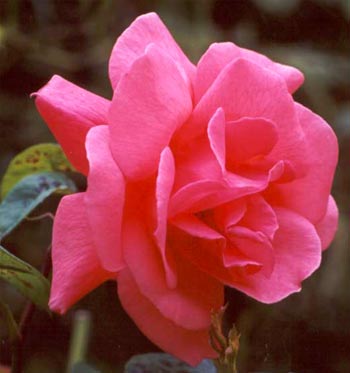
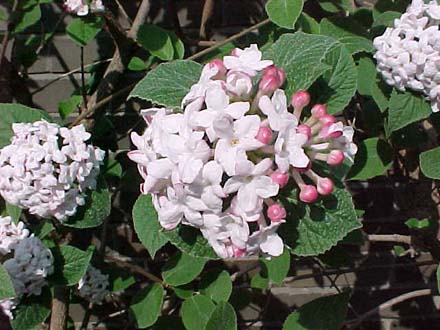

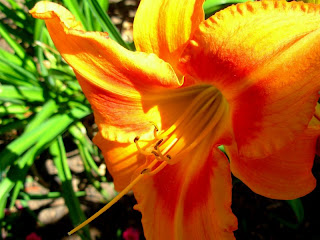



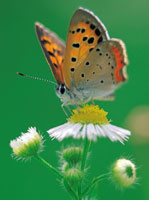

 Bee Pollination
Bee Pollination 








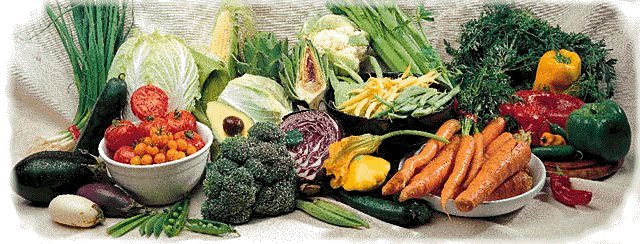








 Blueberries are a great shrub to add to your landscape plan.
Blueberries are a great shrub to add to your landscape plan.
 Filbert and English walnuts will be a wonderful tree and yeild nuts for baking.
Filbert and English walnuts will be a wonderful tree and yeild nuts for baking. 